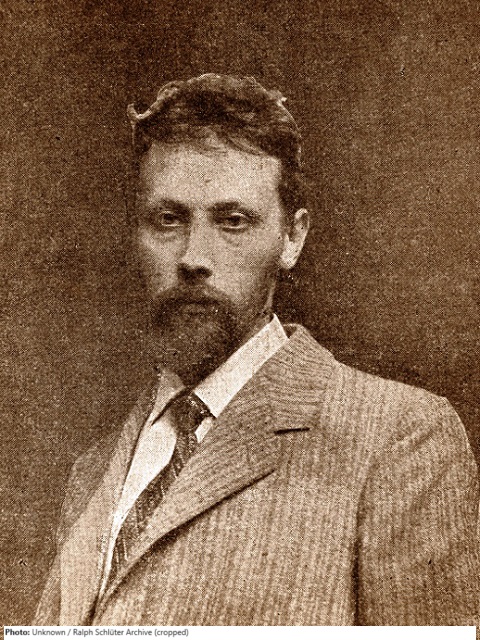Antoni Wiwulski

Biographical information
| Roles | Competed in Olympic Games |
|---|---|
| Sex | Male |
| Full name | Antoni•Wiwulski |
| Used name | Antoni•Wiwulski |
| Other names | Antanas Vivulskis |
| Born | 20 February 1877 in Totma, Vologda (RUS) |
| Died | 10 January 1919 (aged 41 years 10 months 18 days) in Vilnius, Vilnius (LTU) |
| NOC |  Poland Poland |
Biography
The Three Crosses monument in the Lithuanian capital of Vilnius, which stood on the high Bare Mountain on the steep right bank of the Vilnia River, was erected in the early 17th century and remained a permanent feature of the cityscape until 1869, when it was destroyed. After World War I, Anton Wiwulski, a famous Russian-born Polish artist with Lithuanian forefathers, designed a new monument that was painted in white, but this monument was blown up by the communists in 1950. Wiwulski was one of the most prominent figures in Lithuanian history. He was not only a sculptor, but also worked as an architect.
After studying at the Technical University in Wien (Vienna) and the École Supérieure des Beaux-Arts in Paris, he lived and worked in Vilnius. Although he had tubercolosis, he fought as a member of the Vilnius Self-Defense Forces in the Polish-Soviet War and died from pneumonia in 1919, which he contracted during the watch. In 1924 a new chapel based on Wiwulski’s plan was built in Šiluva, the Lourdes of Lithuania, which is now an important pilgrimage site in Lithuania and Europe. Pope John Paul II visited in 1993.
Results
| Games | Discipline (Sport) / Event | NOC / Team | Pos | Medal | As | |
|---|---|---|---|---|---|---|
| 1912 Summer Olympics | Art Competitions |  POL POL |
Antoni Wiwulski | |||
| Sculpturing, Open (Olympic) |